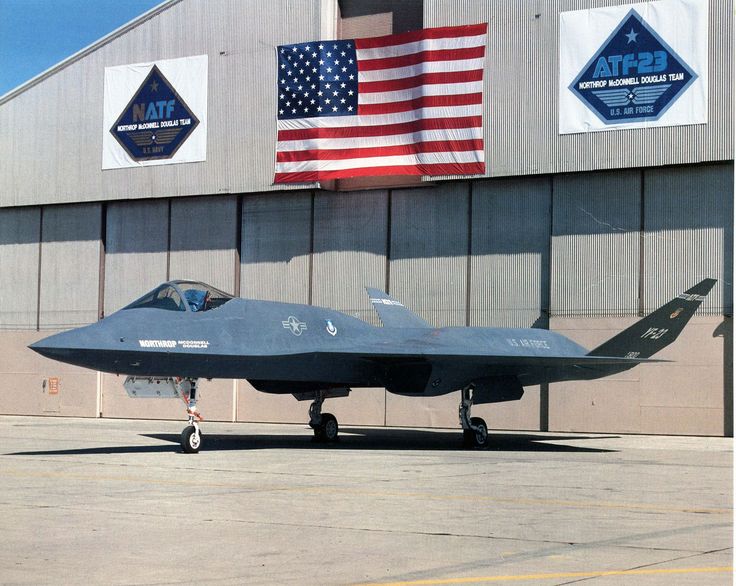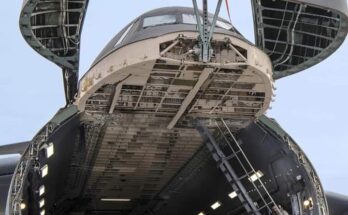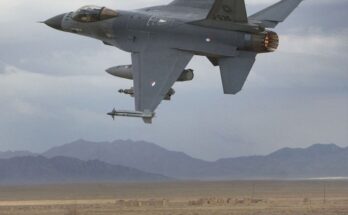
What Is the YF-23 “Black Widow II”?
Background & Design
- The Northrop YF-23, nicknamed “Black Widow II”, was a prototype stealth fighter created for the U.S. Air Force’s Advanced Tactical Fighter (ATF) program in the late 1980s and early 1990s The National InterestWikipedia.
- Designed by Northrop (in partnership with McDonnell Douglas), it competed directly against Lockheed/Boeing/General Dynamics’ YF-22 competitor WikipediaAir Force Museum.
- Only two prototypes were built: PAV-1, nicknamed “Black Widow II,” and PAV-2, known as the “Grey Ghost” areiosdefense.comThe National InterestWikipedia.
Capabilities and Innovation
- The YF-23 excelled in several areas:
- Stealth: Its advanced design and composite materials gave it a very low radar cross-section The National Interestareiosdefense.com.
- Supercruise: The aircraft could maintain supersonic speeds without afterburners—reaching approximately Mach 1.6 and reportedly up to Mach 1.8 under some test conditions The National Interest+1.
- Speed and Range: It had impressive speed (approaching Mach 1.8) and a long operational range globalaircraft.orgThe National Interest+1.
- Technical details include a length of approximately 67.4 ft with a 43.6 ft wingspan. PAV-1 used Pratt & Whitney YF-119 engines, while PAV-2 was fitted with General Electric YF-120 engines globalaircraft.orgareiosdefense.com.
Why It Was Not Selected
- Despite its technological strengths, the YF-23 was ultimately passed over in favor of the YF-22 (which evolved into the F-22 Raptor). The deciding factor was the YF-22’s superior maneuverability and use of thrust vectoring, qualities critical for dogfight performance The National Interest+2The National Interest+2Air Force Museumareiosdefense.comThe Aviation Geek Club.
Operational Legacy
- Neither prototype entered production. Following evaluation, both were placed in storage, later finding homes in museums:
- The YF-23 is often celebrated as one of the most advanced fighters that never entered service—and occasionally cited as a “strategic blunder” by the U.S. Air Force for not selecting it The National Interest+1.

